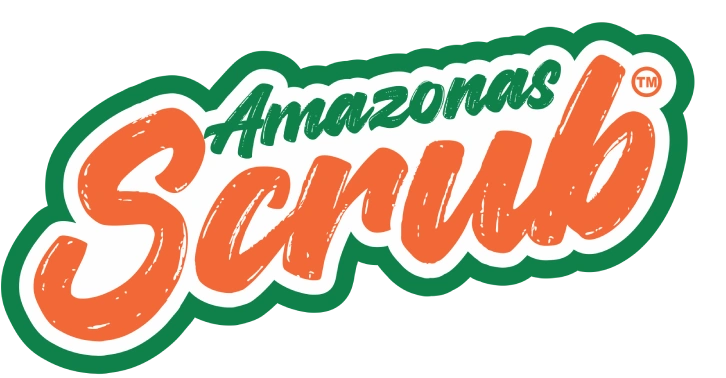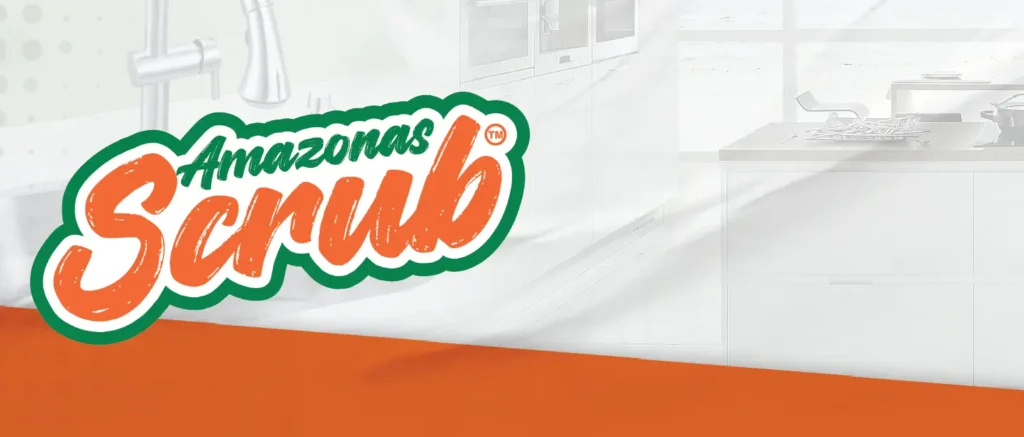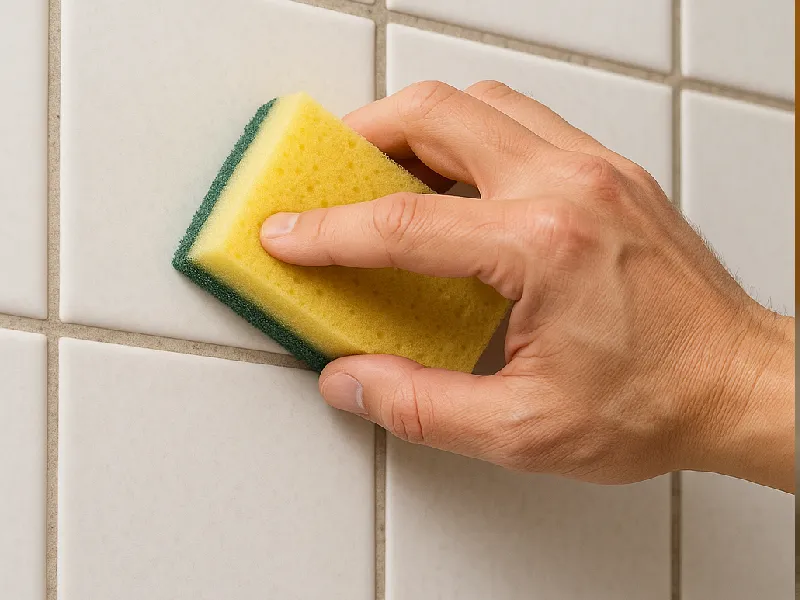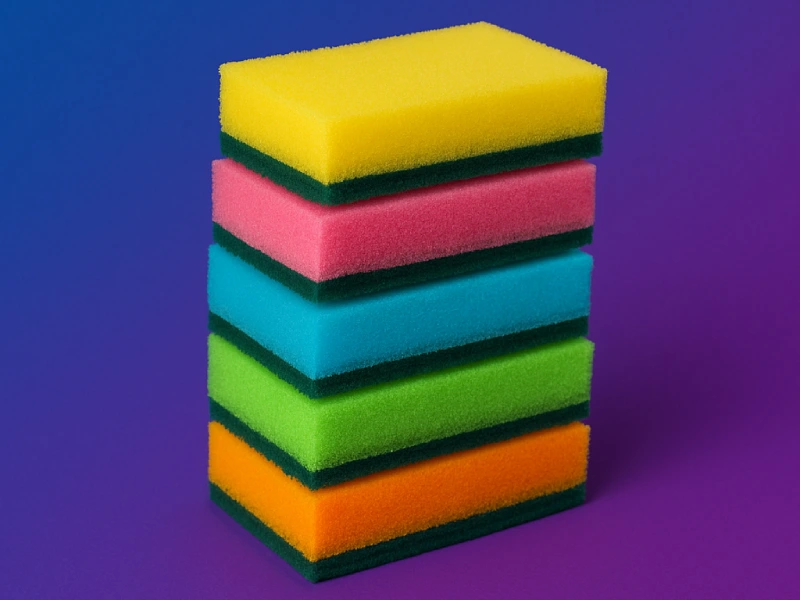Do you want to ensure that your kids’ toys are cleaned effectively and safely? Choosing the right sponge is the first step to achieving a germ-free playtime environment. In this article, we will guide you through the process of selecting the perfect sponge for cleaning your kids’ toys.
From material to durability and everything in between, we’ll cover all the factors you need to consider.
Factors to Consider When Choosing a Sponge
Choosing the right sponge for cleaning your kids’ toys can be a daunting task. There are numerous factors to consider before making a purchase. Here are some key factors to guide you in choosing the perfect sponge:
| Sponge Material | Consider the material of the sponge. Different materials like microfiber, natural sponges, and non-toxic synthetic sponges might be suitable for various toy materials. |
| Sponge Size | Opt for sponges that vary in sizes and shapes based on the types of toys they will clean. This way, you can match the sponge to specific surfaces and avoid damaging toys. |
| Sponge Texture | Check the texture of sponges and choose the right one for efficient cleaning. Sponges with a rougher texture might work best for removing stubborn dirt, while the smoother ones could be better for delicate surfaces like electronics. |
| Sponge Durability | Choose sponges that are durable and long-lasting. This will save you money in the long run as you won’t have to replace them as often. Also, consider their suitability for repeated use in tough cleaning situations. |
By taking these factors into account, you can select a suitable sponge that will make cleaning your kids’ toys a breeze, while providing them with a germ-free playtime environment.
Best Sponge Materials for Cleaning Kids’ Toys
Choosing the right sponge material for cleaning kids’ toys is essential to ensure their safety and hygiene. The materials used for sponges need to clean effectively without being too harsh or causing damage to the toys.
Microfiber Sponges
Microfiber sponges are one of the best options for cleaning kids’ toys. They are non-abrasive and can attract and hold onto dirt, dust, and bacteria effectively. These sponges are reusable and durable, making them cost-effective in the long run.
Natural Sponges
Natural sponges made from sea or plant materials are gentle and non-toxic, making them an excellent option for cleaning kids’ toys. They are also highly absorbent and can hold onto cleaning solutions without dripping.
Non-Toxic Synthetic Sponges
Non-toxic synthetic sponges are an excellent alternative to natural sponges. They are durable and can clean effectively without damaging the toys. Additionally, these sponges are available in different textures, making them suitable for scrubbing tougher stains.
When choosing a sponge material, ensure that it is safe and non-toxic. Avoid sponges made from harsh chemicals that could harm your child or the environment. Regularly cleaning sponges after use with soap and warm water will keep them hygienic for future use.
>> Amazonas 6 Pack Scrub a Smart purchase for your Home.<<
Sponge Sizes and Shapes for Different Toy Types
When it comes to cleaning children’s toys, using the right sponge size and shape is crucial for achieving optimal results. Different toys are made from different materials, and the sponge you choose should be able to clean them efficiently without causing any damage. Here are some tips on choosing the right sponge size and shape for specific toy types:
| Toy Type | Recommended Sponge Size and Shape |
| Stuffed Animals | A small, soft sponge with a rounded shape works best for cleaning stuffed animals. Be sure to avoid using a sponge with abrasive sides that can damage the fabric. |
| Plastic Toys | A larger sponge with a flat shape is ideal for cleaning plastic toys. Look for a sponge with a non-abrasive side to avoid scratching the surface of the toy. |
| Wooden Toys | A small sponge with a pointed edge and a soft texture should be used when cleaning wooden toys. This sponge shape makes it easy to clean tight spaces and corners of the toy, while the soft texture ensures that the wood is not damaged. |
| Electronic Toys | For cleaning electronic toys, use a small sponge with a flat shape and a non-abrasive side. Be sure to avoid using excessive water and always remove batteries before cleaning. |
It’s important to note that a sponge should be used exclusively for cleaning toys to avoid the spread of germs. Using different sponges for different toy types can also help prevent cross-contamination and maintain a hygienic environment for children’s playtime.
Texture and Absorbency for Efficient Cleaning
When selecting a sponge for cleaning kids’ toys, the texture and absorbency level are crucial factors to consider. Sponge texture refers to the surface of the sponge, which can be rough, smooth, or have a textured pattern.
The texture plays a significant role in how effectively the sponge can remove dirt and grime from toy surfaces.
For example, a rough sponge texture is more abrasive and can be great for cleaning outdoor toys. On the other hand, a smooth texture is suitable for cleaning delicate toys made from soft materials like fabric or plush. A textured pattern design can be ideal for scrubbing small crevices and corners.
The absorbency level of the sponge can also affect how efficiently it cleans toys.
A highly absorbent sponge can quickly soak up liquid and spills, making it effective for cleaning toys that require soaking, such as water toys or bath toys.
Meanwhile, a less absorbent sponge may be better suited for cleaning dry surfaces like wooden blocks or plastic action figures.
Overall, by selecting a sponge with the right texture and absorbency level for the toy material, you can ensure efficient cleaning and maintain the durability of the toys.
Durability and Longevity of Sponges
When it comes to cleaning kids’ toys, choosing a sponge that is durable and long-lasting is essential. Opting for high-quality sponges ensures that they can be used multiple times without wearing out quickly.
There are various options available in the market for long-lasting sponges that are suitable for cleaning toys. Some of the best options include synthetic cellulose sponges, natural sea sponges, and even some microfiber sponges.
These sponges are specifically designed to withstand repeated use and provide maximum cleaning power for your little one’s toys.
Using durable and long-lasting sponges not only ensures high-quality cleaning but also saves you money in the long run as you don’t have to replace them frequently.
So, when selecting a sponge for cleaning kids’ toys, prioritize durability and longevity.
Tips for Effective and Safe Toy Cleaning
Cleaning your kids’ toys can feel like a daunting task, but it doesn’t have to be. With the right sponge and proper techniques, you can make the process quick, easy, and effective. Here are some helpful tips to ensure your little ones’ toys stay clean and safe:
1. Use Proper Disinfection Techniques
It’s important to properly disinfect your kids’ toys to eliminate any harmful germs or bacteria. You can use a solution of equal parts water and vinegar to disinfect most toys. For electronic toys, refer to the manufacturer’s instructions for safe disinfection methods.
2. Avoid Harsh Chemicals
Avoid using harsh chemicals like bleach or ammonia on kids’ toys as they can be harmful if ingested. Always opt for natural and non-toxic cleaning solutions.
3. Regular Maintenance
Regularly cleaning and maintaining your kids’ toys can keep them in good condition and prevent the growth of harmful bacteria. Make it a habit to wipe down toys daily and deep clean them bi-weekly or monthly, depending on usage.
4. Separate Cleaning Supplies
Use separate cleaning supplies, such as sponges and cloths, for cleaning different areas of the house. This prevents cross-contamination and ensures that your kids’ toys remain germ-free.
5. Be Mindful of Material
When cleaning toys made of different materials, be sure to use the appropriate sponge or cleaning solution. For example, use a soft sponge for stuffed animals and a slightly abrasive one for plastic toys.
6. Rinse Thoroughly
After cleaning the toys, be sure to rinse them thoroughly to remove any cleaning residue. This will prevent the residue from sticking onto the toy and potentially harming your child.
By following these tips, you can ensure effective and safe cleaning of your kids’ toys by using the right sponge. Keep your children healthy and happy with a germ-free playtime environment!
Cleaning Specific Toy Categories with the Right Sponge
When it comes to cleaning kids’ toys, it’s important to use the right sponge for the job. Different toy materials require different cleaning techniques, and using the wrong sponge can damage them.
In this section, we’ll explore the appropriate cleaning techniques and recommended sponges for different toy categories.
Stuffed Animals
Stuffed animals require gentle cleaning to avoid damaging the fabric. Use a soft sponge, like a natural sea sponge or a microfiber sponge, with warm water and a mild detergent.
If the stuffed animal is particularly delicate, a dry sponge or a damp cloth can be used instead of water. Allow the toy to air dry, avoiding direct sunlight and heat sources.
Plastic Toys
For plastic toys, a sponge that can reach nooks and crannies works well. A microfiber sponge or a sponge with an abrasive surface can remove dirt from small crevices.
Always check the label to ensure the sponge is safe for use on plastic toys. Avoid using harsh chemicals and high-heat water to prevent melting or warping of the plastic.
Wooden Toys
When cleaning wooden toys, avoid using too much water, as it can damage the wood. Use a sponge with a soft surface, like a natural sponge or a microfiber sponge, and a mixture of warm water and mild soap. Gently scrub and wipe down the toy, then allow it to air dry. Follow up with a wood conditioner to keep the wood in top condition.
Electronic Toys
Electronic toys require careful cleaning to avoid damaging their circuitry. Use a microfiber sponge or a sponge with a soft surface and a gentle cleaning solution, like a mixture of warm water and mild soap or a specially formulated electronics cleaner.
Avoid getting water or cleaning solution into any openings or ports. Make sure the toy is completely dry before use.
Cleaning specific toy categories with the right sponge not only ensures effective cleaning but also extends the life of the toy. Always check the label and follow recommended cleaning guidelines to keep your little one’s toys in top condition.
Additional Toy Cleaning Methods Beyond Sponges
Aside from using sponges, there are alternative cleaning techniques that can help keep your kids’ toys germ-free. Here are some options to consider:
Steam Cleaning
Steam cleaning toys is a great alternative to using chemical-based cleaning products. This method uses hot steam to kill germs and bacteria, removing dirt and grime from the toy’s surface. Be sure to check the manufacturer’s recommendations to ensure that the toy is suitable for steam cleaning.
Dishwasher Cleaning
Certain toys, such as plastic and non-electronic toys, can be cleaned in the dishwasher. This method is eco-friendly and efficient, as it ensures that the toy is cleaned thoroughly, eliminating any hard-to-reach areas. Be sure to place the toys in the dishwasher’s top rack, and use a mild, non-toxic detergent.
UV Sterilization
UV sterilization is another alternative cleaning technique that can help kill germs and bacteria on toys. This method uses UV light to disinfect surfaces.
There are multiple UV sterilizing products available in the market, such as UV sterilizing wands and bags, which can kill 99.9% of germs and bacteria. However, be cautious when using this method, as extended or direct exposure can damage some toy materials.
Conclusion
Cleaning kids’ toys requires more than just any ordinary sponge. The right sponge can make a significant difference in keeping your little ones’ playtime environment germ-free.
By considering factors such as material, size, texture, and durability, you can select a sponge that matches your specific toy cleaning needs.
Microfiber, natural sponges, and non-toxic synthetic sponges are suitable materials for cleaning kids’ toys. It’s also essential to choose the right sponge size and shape based on the toy type and match the sponge to specific toy materials and surfaces.
Sponge texture and absorbency play a crucial role in efficient cleaning, while sponge durability and longevity ensure repeated use.
Following tips like proper disinfection techniques, avoiding harsh chemicals, and regular maintenance can help keep your little ones’ toys clean and hygienic.
It’s also worth exploring alternative toy cleaning methods like steam cleaning, dishwasher cleaning, and UV sterilization, depending on the toy materials.
By utilizing these insights and techniques, you can confidently maintain a germ-free playtime environment for your children’s health and overall well-being.








